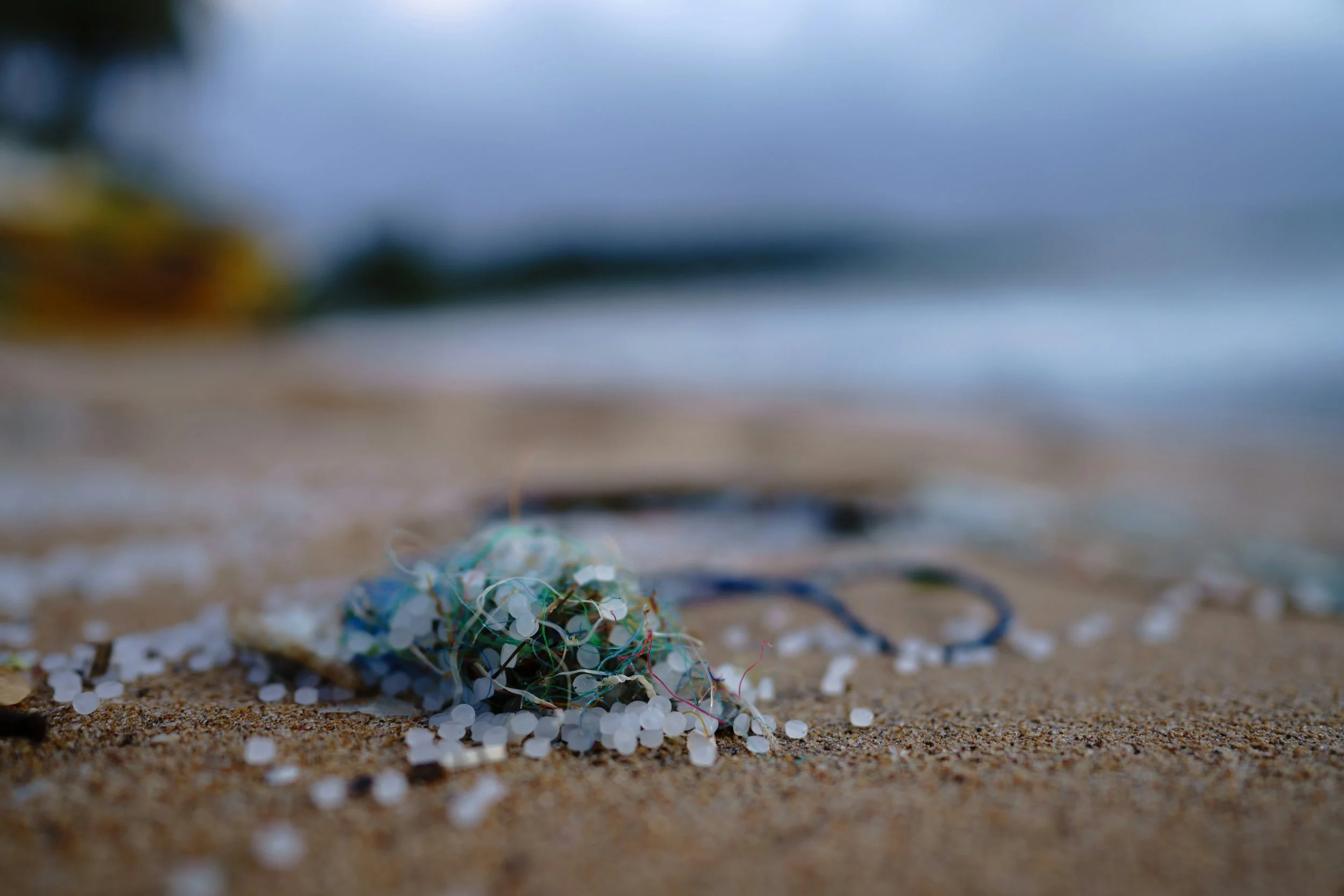Photo by Sören Funk on Unsplash
Microplastics are everywhere—from oceans and rivers to the food we eat. While considered an emerging contaminant, they have already proven to have a negative impact on our community. Many people don’t realize the journey with microplastics often begins in our wastewater treatment plants (WWTPs).
Every wash cycle of synthetic clothing, every rinse of a microbead face scrub, introduces plastic particles into wastewater. While modern treatment plants are highly effective at removing solids and nutrients, microplastics are a different story.
The Problem
Studies suggest WWTPs can remove up to 90% of microplastics, but with billions of gallons processed daily, even the small percentage that escapes is significant. These particles don’t break down. Instead, they accumulate in aquatic ecosystems, carry toxins, and work their way up the food chain—right back to us.
Some would suggest there is a technology gap even in advanced systems to fully treat this man-made issue.
What Can Be Done Now?
Standardize Measurement: Consistent monitoring of plastics being filtered in AND out
Collaborate: Utilities, researchers, and industry partners sharing data and piloting new solutions.
Reduce at the Source: Partner with manufacturers to limit microplastic shedding from textiles and products
Educate the Public: Behavior change for the consumers matters, especially around product choices and waste disposal
The Takeaway
Microplastics are a major environmental issue but also a public health concern. And while treatment plants are doing a lot with what they have, the scale of the problem calls for stronger collaboration, smarter policy, and ongoing innovation.
Written by: Emily Onheiser, Senior Search Consultant at Hunter Crown, LLC
Looking for your next great opportunity?
Have hiring and/or recruiting needs?

